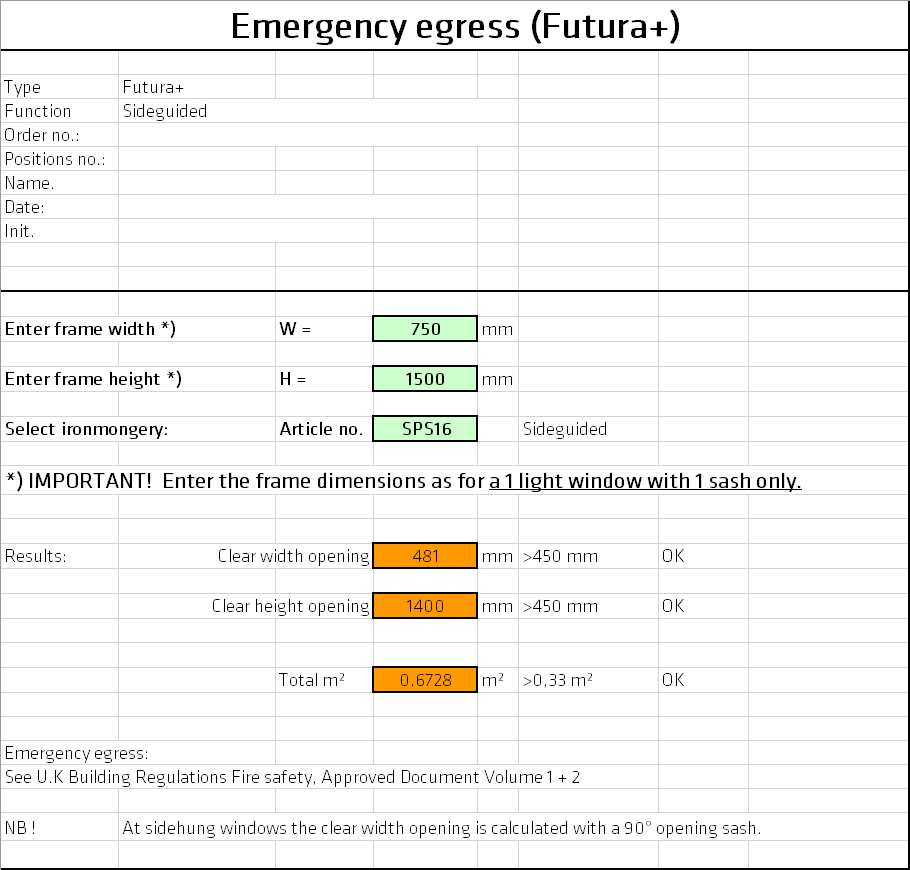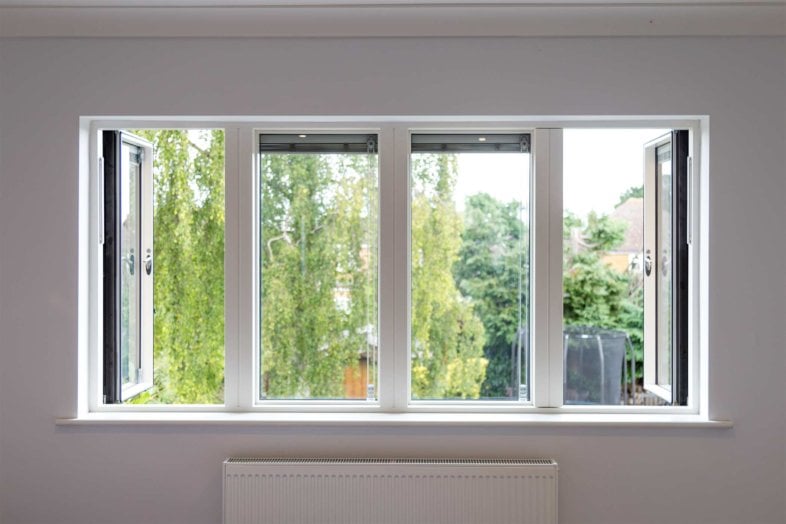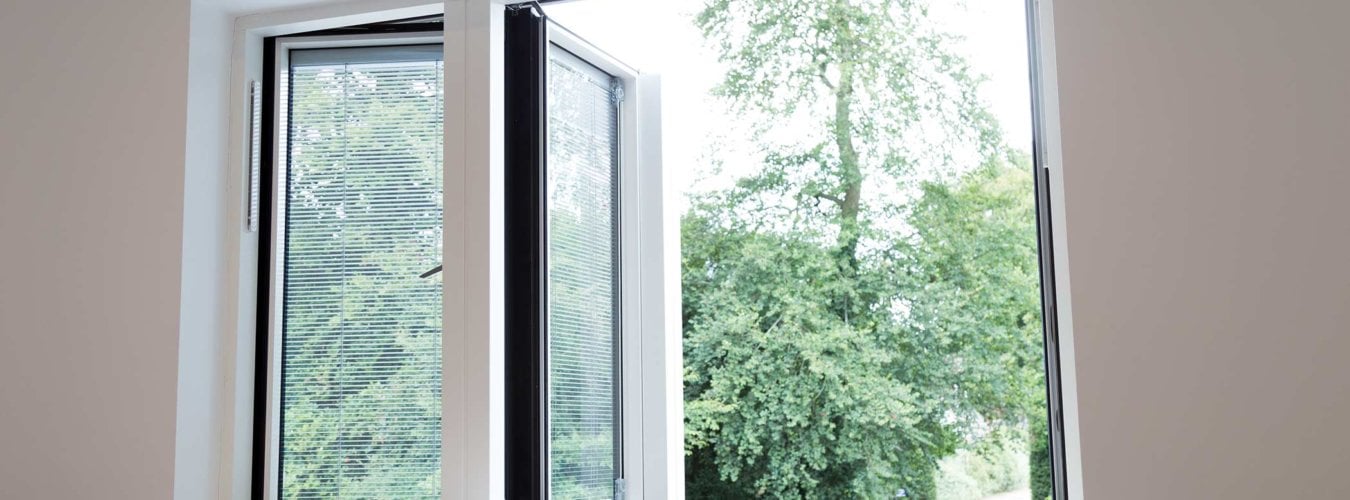Fire safety considerations for windows
The Construction Industry in the UK has a government set of minimum standards for the design and construction of every building.
The aim of these is to ensure that buildings provide suitable safe places to live, work, study etc. for everybody.
The Approved Document B covering ‘Fire Safety’ is separated to cover the areas of escape, protection and containment.
Escape Window Requirements – AD B Volume 1 Dwelling houses
Other than the location of a window (distance from escape routes and floor level to ground level), designers need to consider the following items:
- Window operations (to stay open if used as escape exit)
- Window cill heights (distance form FFL)
- Window handle locations (can they be reached to allow them to easily open)
- Room type i.e. habitable room or kitchen etc.,
- Window locks/restrictors
- Glazing types (if the project is to be covered by an SBD scheme)
- Window size
To aid designers and architects Idealcombi, pre or post design can provide help to the design team by carrying out the following tasks.
- Checking window operations and ironmongery options to ensure that they can be operated easily.
- Providing calculations on the clear opening sizes of the windows to ensure that it provides 0.33m2 and at least 450mm high and 450mm wide opening.
- To check that the window cill is no more than 1100mm above the FFL and if guarding needs to be considered.
Typical questions received on this topic.
Can a lock be accepted on an escape window?
– Yes, locks (with or without removable keys) and stays may be fitted to egress windows, subject to the stay being fitted with a release catch, which may be child resistant. Typical domestic situations home owners will keep the keys adjacent to the windows. For non-domestic situations, break-glass units could be installed.
Does my window comply with the required free opening for egress?
– Idealcombi have an in-house calculation program, which can check every window function and size to ensure that it complies with the regulations.

Protected / Unprotected areas
External doors and windows may need to have fire resistance and (in the case of doors) be self-closing or (in the case of windows) be fixed shut to limit the risk of fire spread between adjacent properties or to create a suitable safe escape route. The area of walls, doors and windows permitted to have reduced or undetermined fire resistance (known as “unprotected areas”) will be dependent on how close these elements are to the boundary or escape route.



[helpful]

